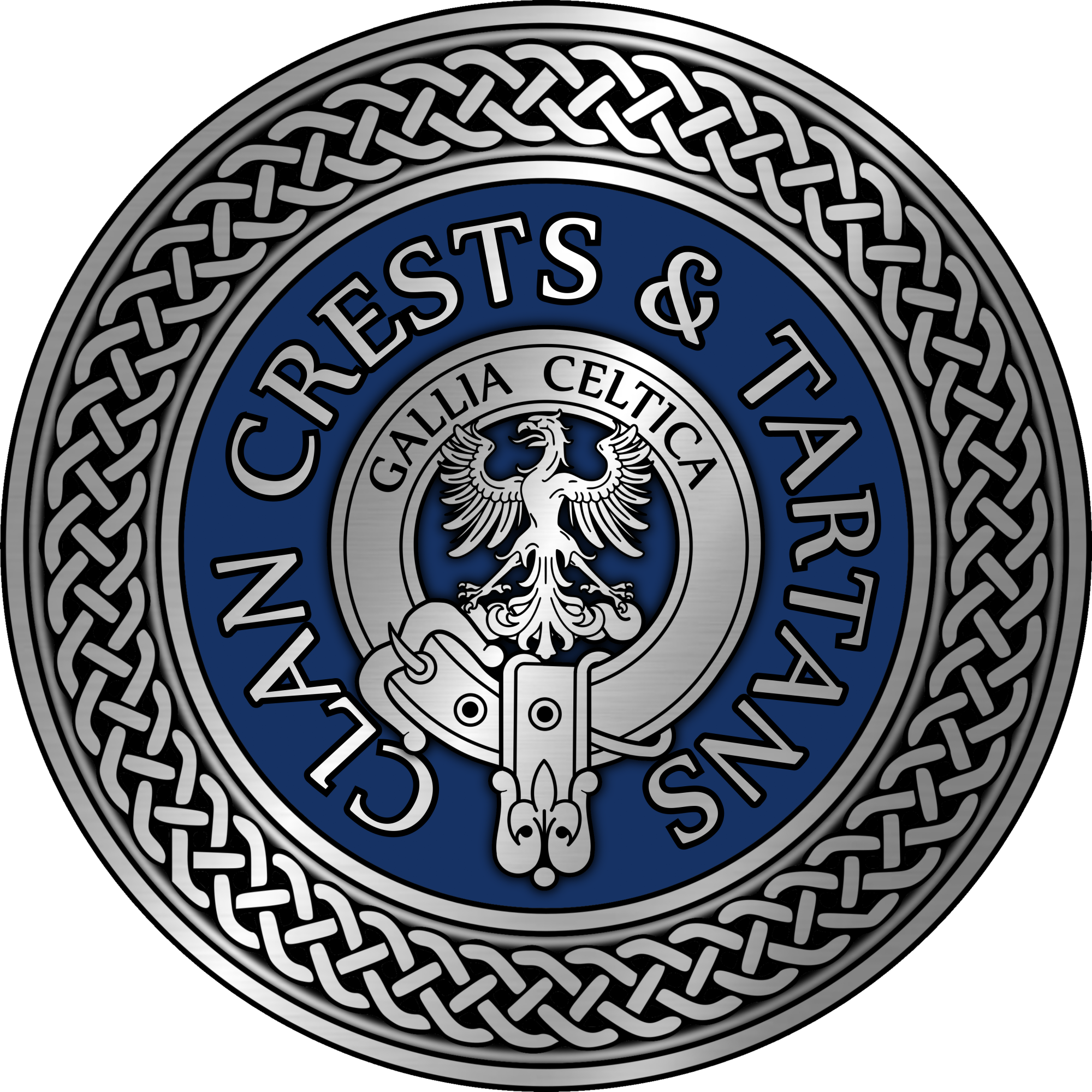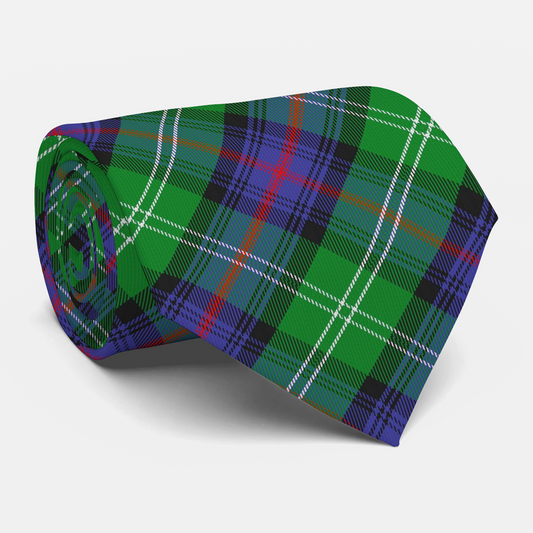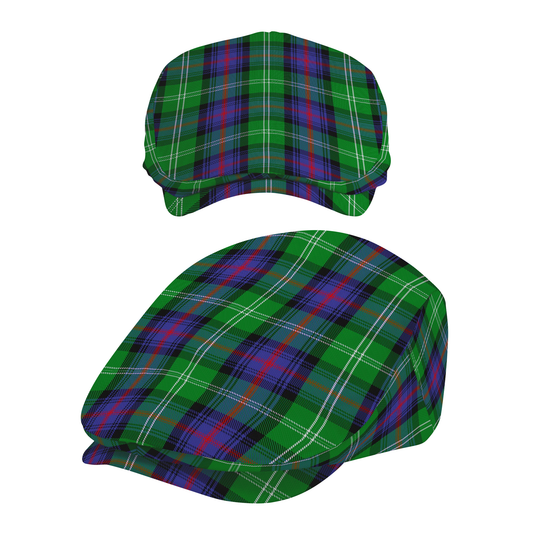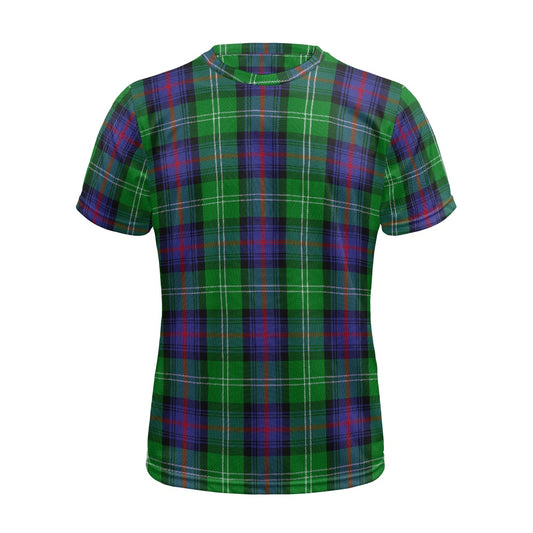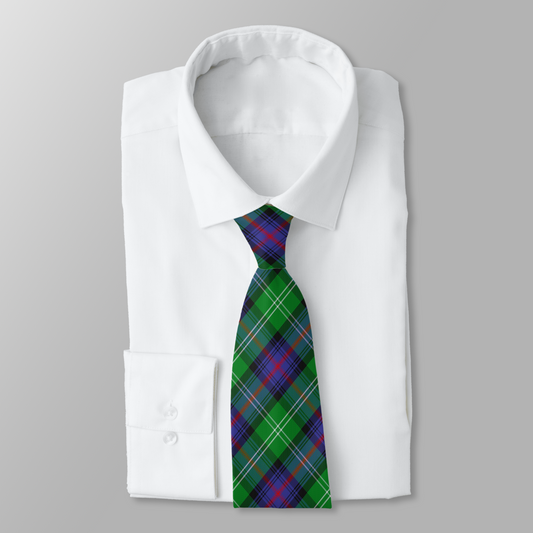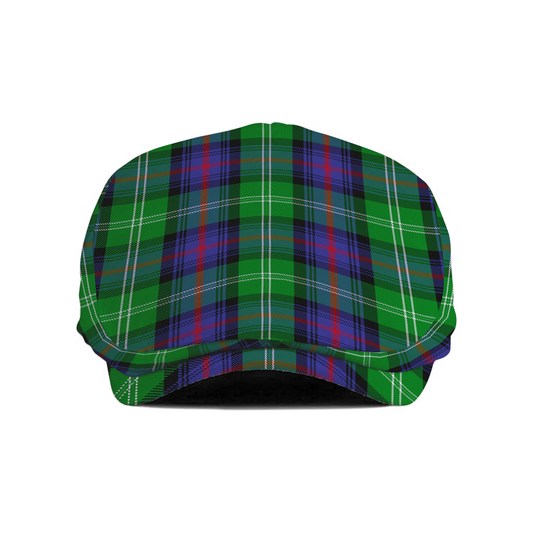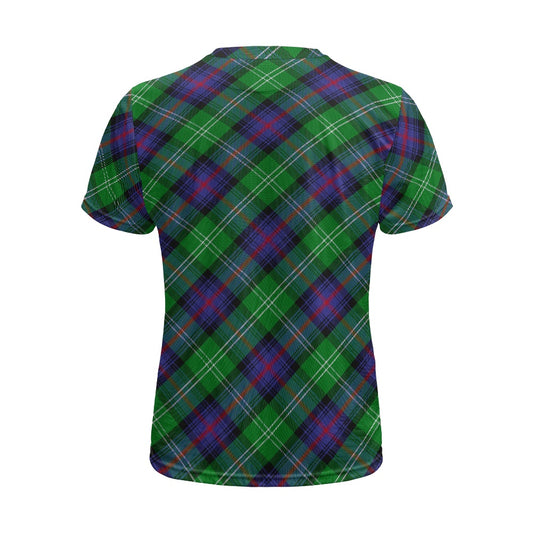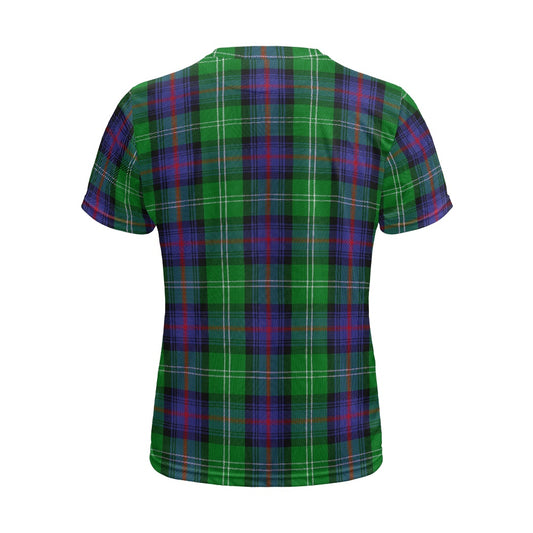Scots Gaelic: Na Sutharlanaich
Clan Sutherland is a Highland Scottish clan whose traditional territory is the shire of Sutherland in the far north of Scotland. The chief of the clan was also the powerful Earl of Sutherland, however in the early 16th century this title passed through marriage to a younger son of the chief of Clan Gordon
Profile
Crest: A cat-a-mountain saliant Proper
Motto: Sans Peur (French for "Without Fear")
Plant Badge: Cotton Sedge
Region: Highlands
District: Sutherland
Historic Seat: Dunrobin Castle
Seat: House of Tongue
Chief: Alistair Sutherland, Earl of Sutherland
Clan Relationships
Branches
Earl of Sutherland (chiefs)
Sutherland of Duffus (senior cadets)
Sutherland of Killipheder (Agnatic seniority)
Sutherland of Forse
Sutherland of Langwell
Sutherland of Kinsteary
Sutherland of Clyne
Sutherland of Uppat
Sutherland of St. Vincent
Sutherland of Dirlot
Sutherland of Skelbo
Sutherland of Sciberscross
Septs
Cheney, Cheyne, Clyne, Duffes, Duffus, Federith, Gray, Keith, Mouat, Mowatt, Moray, Murray
Allied Clans
Murray (13-16th c), Oliphant (16th c), Gordon (16th c), MacKay (18th c), Gunn (18th c), Sinclair (18th c), Munro, Matheson, MacNeacail
Rival Clans
Murray (18th c), Gordon (18th c), MacKay (14-16th c), Gunn (16th c), Sinclair (16th c)
Clan History
The progenitor of the Clan Sutherland was a Flemish nobleman by the name of Freskin, who was also the progenitor of the Clan Murray. It has been claimed that Freskin was Pictish but it is much more likely that he was a Flemish knight, one of a ruthless group of warlords who were employed by the Norman kings to pacify their new realm after the Norman conquest of England. David I of Scotland who was brought up in the English court, employed such men to keep hold of the wilder parts of his kingdom and granted to Freskin lands in West Lothian. The ancient Pictish kingdom of Moray (Moireabh in Scottish Gaelic) was also given to Freskin and this put an end to the remnants of that old royal house. In a series of astute political moves Freskin and his sons inter married with the old house of Moray to consolidate their power. Freskin's descendants were designated by the surname de Moravia ("of Moray" in the Norman language). Freskin's grandson was Hugh de Moravia who was granted lands in Sutherland and was known as Lord de Sudrland. Hugh's younger brother, William de Moravia of Petty, was progenitor of the Clan Murray. Hugh's eldest son (also called William) was William de Moravia, 1st Earl of Sutherland. The place name and clan name of "Sutherland" came from it being the 'land to the south' of the Norse Earldom of Orkney and Caithness. Although the senior line of chiefs who were the Earls of Sutherland had the surname 'de Moravia', they often used the territorial surname 'Sutherland', and from Robert, 6th Earl (d. 1444) onward it is confirmed that they used the surname Sutherland. Previously to this younger sons of the family had also taken the surname 'Sutherland', thus creating the cadet branches of the Clan Sutherland.
Wars of Scottish Independence
During the Wars of Scottish Independence, chief William de Moravia, 3rd Earl of Sutherland (William Sutherland) fought at the Battle of Bannockburn in 1314, where the English army was defeated. Kenneth de Moravia, 4th Earl of Sutherland (Kenneth Sutherland) was killed at the Battle of Halidon Hill in 1333.
William de Moravia, 5th Earl of Sutherland (William Sutherland), whose wife was Margaret, the daughter of Robert the Bruce and sister of David II of Scotland, led the clan at Kilblene where he participated in the siege of Cupar Castle Fife. William, Earl of Sutherland accompanied King David II of Scotland into England where both were captured at the Battle of Neville's Cross in 1346, by Durham. They remained in prison for over ten years before being released. John of Sutherland, the son of the Earl and Princess Margaret, was designated the heir to the Throne over Robert Stewart, who eventually became King Robert II in 1371.
14th Century Clan Conflicts
The habitual enemies of Clan Sutherland were the Clan Sinclair of Caithness and the Clan Mackay and Clan McLeod to the west of Sutherland. A feud with the Mackays came to a head when Nicholas Sutherland, 1st of Duffus, head of one of the junior branches, murdered the chief of the Clan Mackay and his heir at Dingwall Castle, where they had met in an attempt to patch up the feud. A retaliatory raid by the Mackays on Dornoch took place, where the cathedral was set on fire and many Sutherland men were hanged in the town square. William, 5th Earl of Sutherland was killed by the Mackays in 1370 in feud which lasted for the next four centuries. In 1388, the Earl of Sutherland was a leader of the Scots invading into the west of England. He married Margaret Stewart, daughter of Alexander, Earl of Buchan, a younger son of King Robert II of Scotland.
Sutherland Collection
-
Clan Sutherland Tartan Necktie
Regular price $63.00 AUDRegular priceUnit price per -
Clan Sutherland Tartan Flat Cap
Regular price $79.00 AUDRegular priceUnit price per$79.00 AUDSale price $79.00 AUD -
Clan Sutherland Tartan Football Shirt
Regular price $47.00 AUDRegular priceUnit price per -
Clan Sutherland Tartan Football Shirt
Regular price $47.00 AUDRegular priceUnit price per
15th Century and Clan Conflicts
It was during the time of Robert Sutherland, 6th Earl of Sutherland that the first authentic record of Dunrobin Castle exists, dated 1401. It was also during the time of Robert Sutherland, 6th Earl of Sutherland that the Battle of Drumnacoub was fought in 1431 where Angus Du Mackay, chief of Clan Mackay defeated Angus Murray and the Sutherlanders on the slopes of the mountain Ben Loyal near Tongue, as described by 17th century historian Sir Robert Gordon, 1st Baronet. This battle is also mentioned by the historians George Buchanan (1506-1582) and the 18th century John Pinkerton who quoted the 15th century chronicler, Walter Bower. Henry Sutherland of Torboll, received from Robert Sutherland, 6th Earl of Sutherland the £40 lands of Torboll which Henry's father, Nicholas Sutherland, 1st of Duffus had resigned to the earl. Henry Sutherland's son was Alexander Sutherland, 3rd of Duffus who visited his chief, John Sutherland, 7th Earl of Sutherland who was being held hostage at Pontefract Castle in England for the ransom money of James I of Scotland. According to Gordon, during the time of John Sutherland, 7th Earl of Sutherland, the Battle of Skibo and Strathfleet was fought where John MacDonald of Islay, Earl of Ross invaded Sutherland and was defeated by the Clan Sutherland, led by the earl's brother Robert Sutherland, and the Murrays of Aberscross.
According to Gordon, during the time of John Sutherland, 8th Earl of Sutherland, the Clan Sutherland joined the Clan Mackay in their victory over the Clan Ross at the Battle of Aldy Charrish in 1487. However, 19th - 20th-century historian Angus Mackay disputes the Sutherland's presence at the battle stating that it would be unlikely that the Earl of Sutherland at the time would have assisted against the Rosses as he was married to a daughter of the Ross chief of Balnagowan, and also that the feudal superiority of the Sutherlands over the Mackays "nowhere existed save in his own fertile imagination".
16th Century and Clan Conflicts
William Sutherland, 4th of Duffus was killed fighting against the English at the Battle of Flodden in 1513.
In 1517, Elizabeth Sutherland, 10th Countess of Sutherland married Adam Gordon, younger son of Gordon of Huntly. Their son was Alexander Gordon, Master of Sutherland who would become the legal heir to the Earldom of Sutherland and overall chiefship of the Clan Sutherland. According to Sir Robert Gordon, who himself was a son of Alexander Gordon, 12th Earl of Sutherland, in the same year the Mackays rose up against the Gordons who had taken power in Sutherland which resulted in the Battle of Torran Dubh, where the Mackays were defeated. Sir Robert Gordon also states that at the battle, the Sutherland force had been led by Alexander Sutherland, brother of Elizabeth, 10th Countess of Sutherland. However, this version of events is disputed by both historian Angus Mackay and historian Sir William Fraser, who state that it can be proved that Alexander Sutherland was in prison in 1517 when the battle is supposed to have taken place. Whatever the truth, the following year in 1518 or 1519, Alexander Sutherland claimed the Earldom of Sutherland for himself and rose up against his sister Elizabeth, 10th Countess of Sutherland and her husband Adam Gordon, but he was defeated and killed at the Battle of Alltachuilain. On March 25, 1525, Elizabeth Sutherland, 10th Countess of Sutherland and her husband Adam Gordon granted to William Sutherland, 5th of Duffus the lands of Torboll and Pronsy which had previously belonged to the late Hugh Sutherland of Pronsy.
William Sutherland, 6th of Duffus, as the new Laird of Skelbo and having entered into a fresh acquisition of territory gave a bond of manrent to Alexander Gordon, Master of Sutherland on September 4, 1529, which acknowledged that the Master of Sutherland had received him as a tenant and vassal in the lands.
According to the book Conflicts of the Clans which was published in 1764, in 1542 the Battle of Alltan-Beath took place where the Clan Mackay were defeated by the Clan Sutherland. According to historian Sir Robert Gordon, in 1542, chief Donald Mackay, 11th of Strathnaver was captured by the Gordon Earls of Sutherland and Huntly, and imprisoned in Foulis Castle. However, this is disputed by historian Angus Mackay.
17th Century and Civil War
In the 17th century the Clan Sutherland began to acquire the reputation for enthusiastic and pious Protestantism. This is probably what made the Gordon Earls of Sutherland begin to distance themselves from their Gordon Earl of Huntly (Clan Gordon) cousins who were Catholics and later Jacobites. In 1645, John Gordon, 14th Earl of Sutherland led the clan against the Royalists at the Battle of Auldearn but was defeated. Alexander Sutherland, 1st Lord Duffus was a supporter of the National Covenant and as a result his estates, probably those in Morayshire, were attacked by the Royalists. He was not part of the Scottish army that subsequently marched to England, but was sent from Stirling to Perth to defend it from the attack of Oliver Cromwell, but was forced to surrender the town which he had only occupied for twelve hours previously with just 600 men.
In 1650, the Clan Sutherland along with the Clan Munro and the Clan Ross joined forces with the Scottish Argyll Government to fight against James Graham, 1st Marquess of Montrose and his royalist army of foreigners, who they defeated at the Battle of Carbisdale.
In 1685, John Gordon, 16th Earl of Sutherland, raised men of the Clan Sutherland to oppose Archibald Campbell, 9th Earl of Argyll's expedition that was known as Argyll's Rising. The Earl of Sutherland also raised two regiments from the clan after the Glorious Revolution of 1688. The second of which he was a Colonel in command in Flanders in 1694.
18th Century and Jacobite Risings
Jacobite rising of 1715
During the Jacobite rising of 1715, John Gordon, 16th Earl of Sutherland who later resumed the surname Sutherland, called out his men to fight for George I of Great Britain. The Clan Sutherland garrisoned Inverness Castle against the Jacobites. Although Kenneth Sutherland, 3rd Lord Duffus had voted for the Acts of Union 1707, he still supported the Jacobites during the Jacobite rising of 1715 and was forefeited as a result.
Jacobite rising of 1719
In 1719, a detachment of men from the Clan Sutherland fought for the British Government at the Battle of Glenshiel where they helped to defeat the Jacobites. The Earl and chief of Clan Sutherland had been of the surname Gordon ever since the early 16th century, however John Gordon, 16th Earl of Sutherland resumed the surname of Sutherland, and was officially recognized as chief of Clan Sutherland by the Court of the Lord Lyon in 1719. General Wade's report on the Highlands in 1724, estimated the clan strength at 1,000 men.
Jacobite rising of 1745
The Clan Sutherland also supported the British Government during the Jacobite rising of 1745. At the start of the rising William Sutherland, 17th Earl of Sutherland and chief of Clan Sutherland reconciled with their ancient enemies, the Mackays, settling the ancient feud. In 1745, the fighting force of the Clan Sutherland was given as 2,000 men. During the rising, Jacobites under George Mackenzie, 3rd Earl of Cromartie occupied the Sutherland's Dunrobin Castle, and the Earl of Sutherland narrowly escaped them through a back door. He then sailed for Aberdeen where he joined the Duke of Cumberland's army. However, this same Jacobite force under the Earl of Cromartie was defeated by the Clan Sutherland militia, who formed an Independent Highland Company, in what became known as the Battle of Littleferry. Three companies of Sutherland local militia fought at the battle. The first was of around 80 men, captained by Robert Macallister who was a senior factor for the Earl of Sutherland and whose lieutenant was Hector Munro of Novar and ensign was John Mackay from Golspie. The second was commanded by Lieutenant William Sutherland of Sciberscross and included around 70 men. The third included around 80-100 men and was captained by Robert Gray who was another factor to the Earl of Sutherland. However, despite all these efforts by the Earl of Sutherland to defeat the Jacobites, including his victory at Littleferry, he struggled to prove to the parliament in London that he had not had Jacobite sympathies. Eric Sutherland, 4th Lord Duffus remained loyal to the Crown and gave intelligence of the rebels to the Earl of Sutherland. According to James Balfour Paul, he did not take part in any military operations. According to William Fraser, he was a captain in the Earl of Sutherland's regiment. James Balfour Paul stated that Eric Sutherland, 4th Lord Duffus' relations with the Earl of Sutherland's family were extremely friendly.
Disputed Chiefship
The chief of Clan Sutherland was the Earl of Sutherland. When William Sutherland, 18th Earl of Sutherland died in 1766 he left an only daughter, Elizabeth. This led to a legal battle over the succession to the title. Elizabeth's right to succeed as a woman was challenged firstly by George Sutherland of Forse, who was a direct male descendant of the original de Moravia/Sutherland Earls of Sutherland and secondly by Sir Robert Gordon of Gordonstoun who was a direct male descendant of the later Gordon Earls of Sutherland. The case was heard by the House of Lords on 21 March 1771 and it decided in favour of Elizabeth. She married George Leveson-Gower, Marquess of Stafford who later became the first Duke of Sutherland in 1833. The Duke set up businesses on the coast and ruthlessly cleared his tenants off the land, abandoning the customary obligations of a Scottish clan chief. However, two tacksmen of the clan, the brothers Alexander and John Sutherland of Sciberscross, were opposed to the clearance of tenants in Sutherland. Alexander Sutherland of Sciberscross, an army officer, fiercely opposed the clearances and was the source of much of the London press's critical coverage of the clearance events in Sutherland. His brother, John Sutherland of Sciberscross, gave "covert aid" in 1813 to the Kildonan rebels opposing the clearances in Sutherland.
Upon the death of the fifth Duke of Sutherland, the chiefship of the clan and the earldom of Sutherland devolved upon his niece, Elizabeth Sutherland, 24th Countess of Sutherland.
Sutherland Collection
-
Clan Sutherland Tartan Necktie
Regular price $63.00 AUDRegular priceUnit price per -
Clan Sutherland Tartan Flat Cap
Regular price $79.00 AUDRegular priceUnit price per$79.00 AUDSale price $79.00 AUD -
Clan Sutherland Tartan Football Shirt
Regular price $47.00 AUDRegular priceUnit price per -
Clan Sutherland Tartan Football Shirt
Regular price $47.00 AUDRegular priceUnit price per
